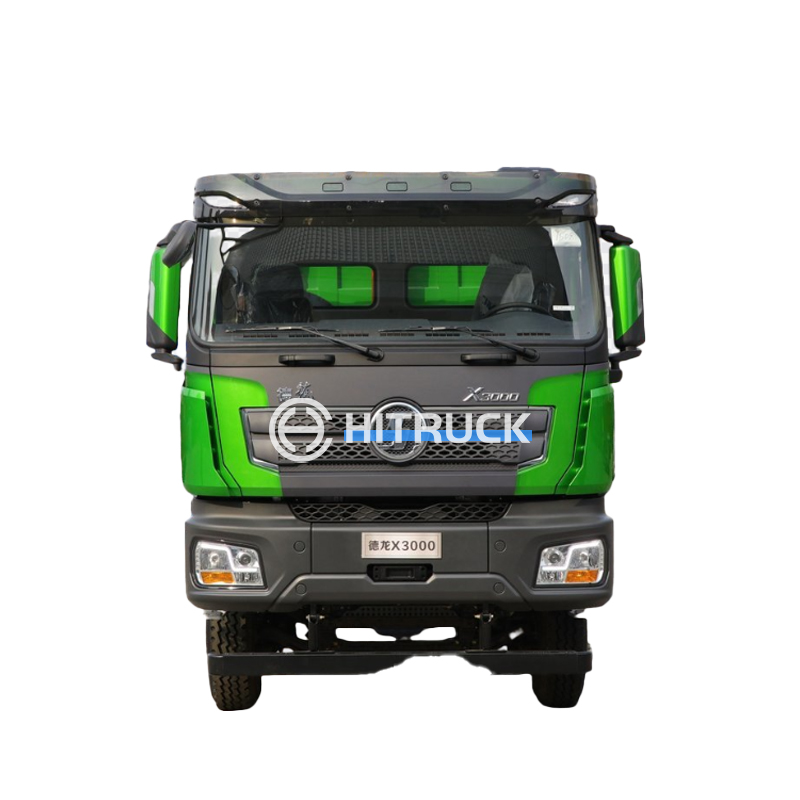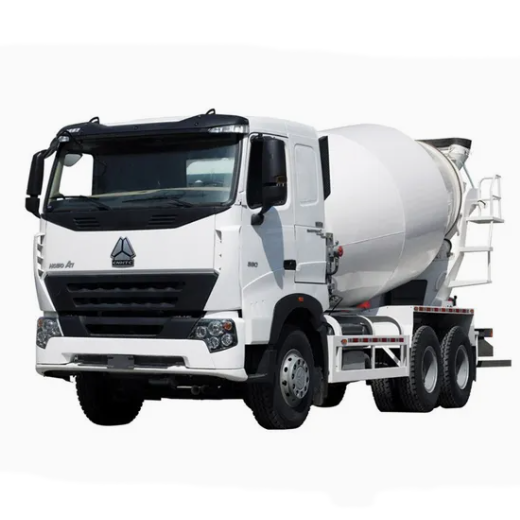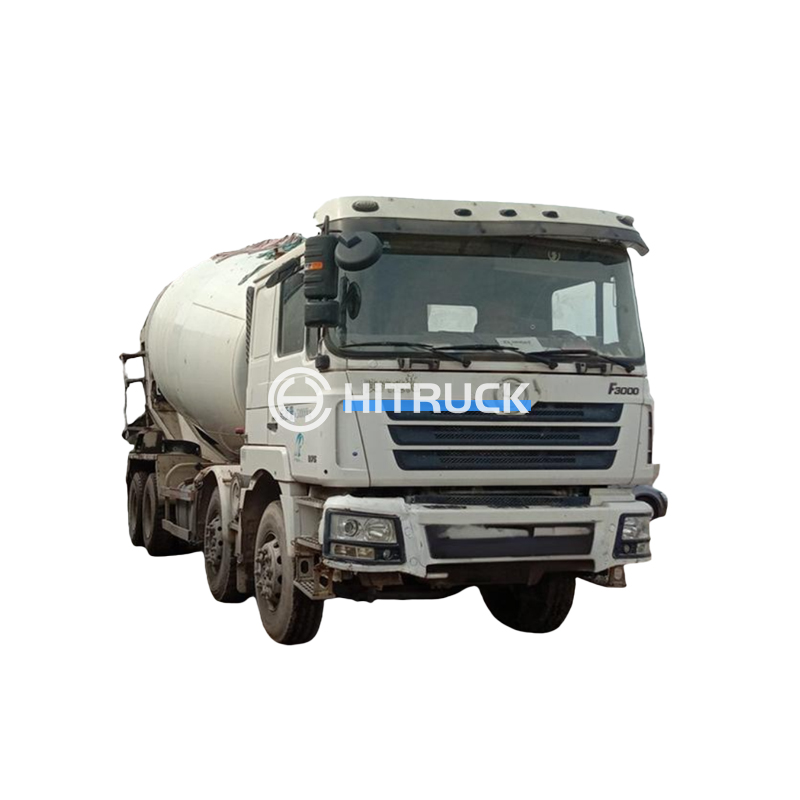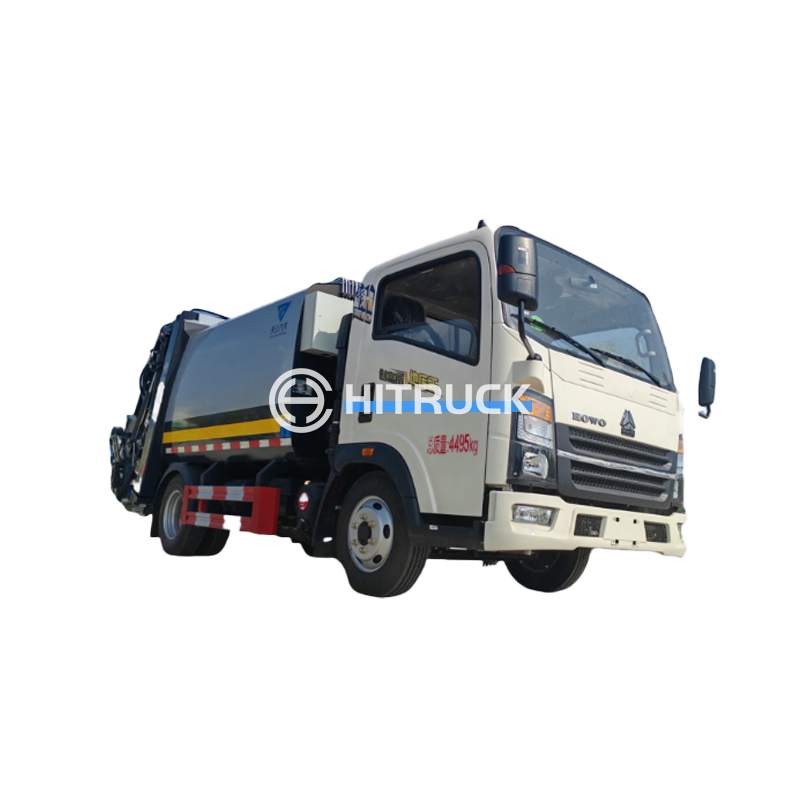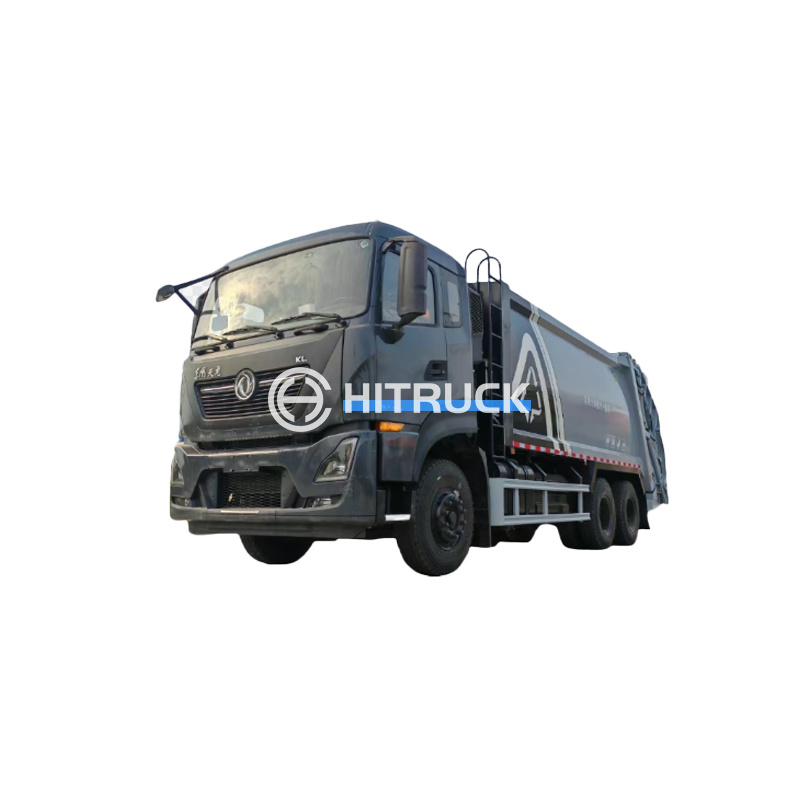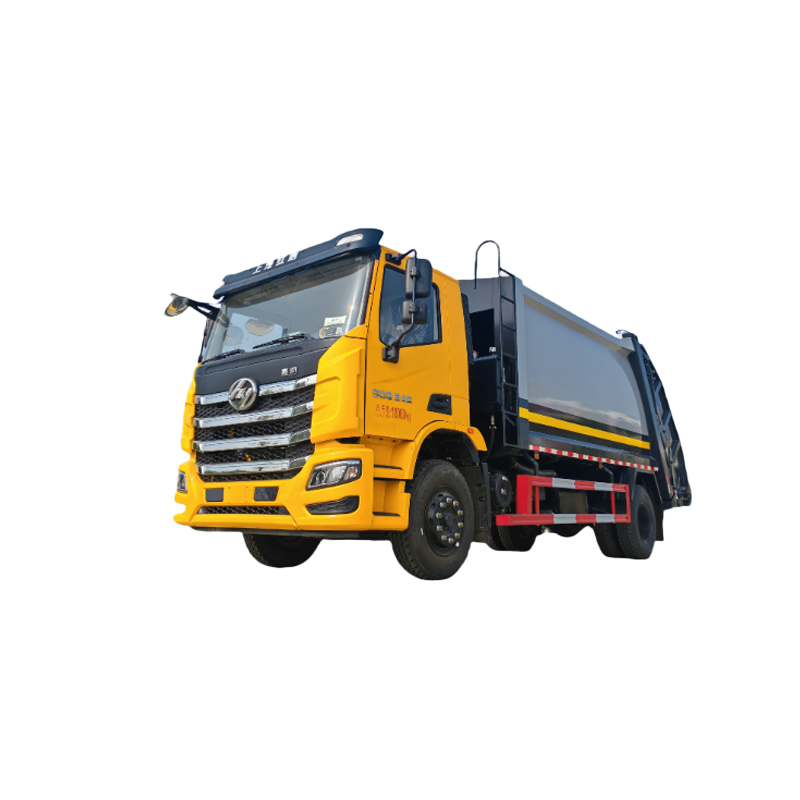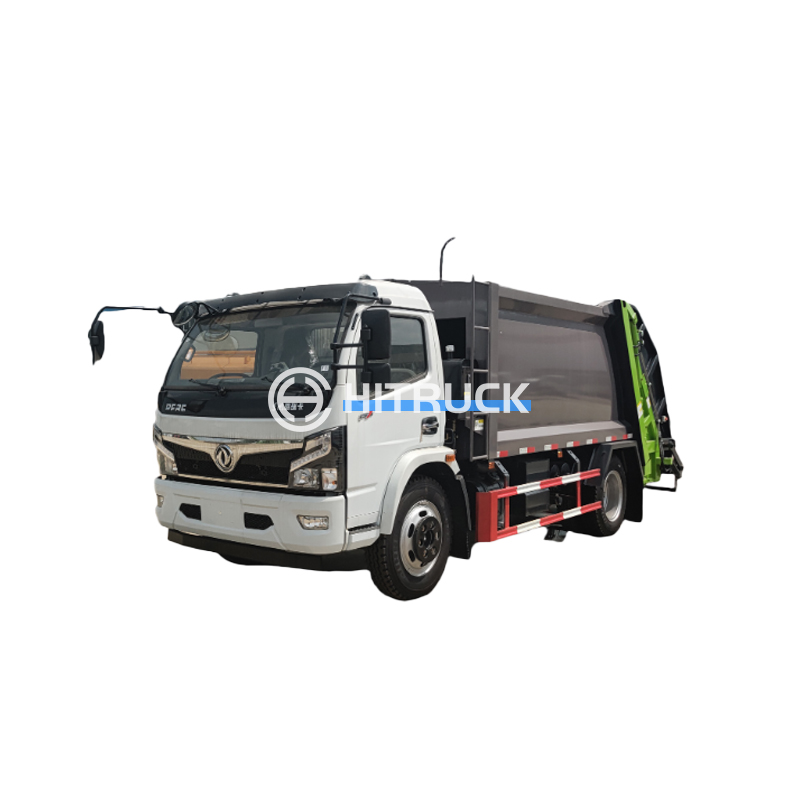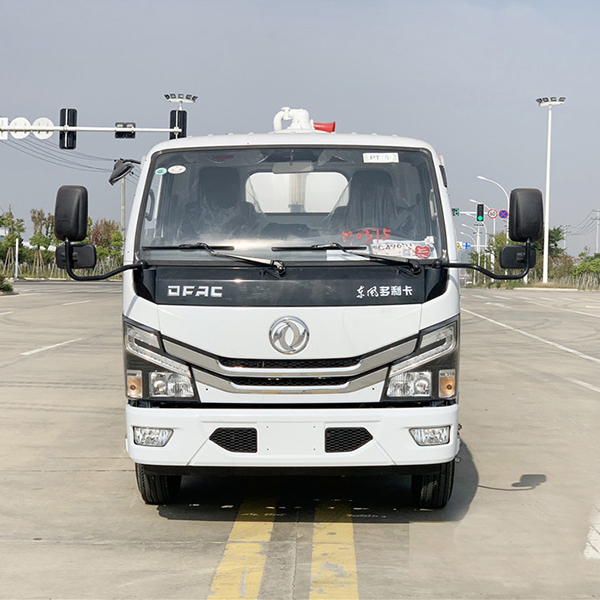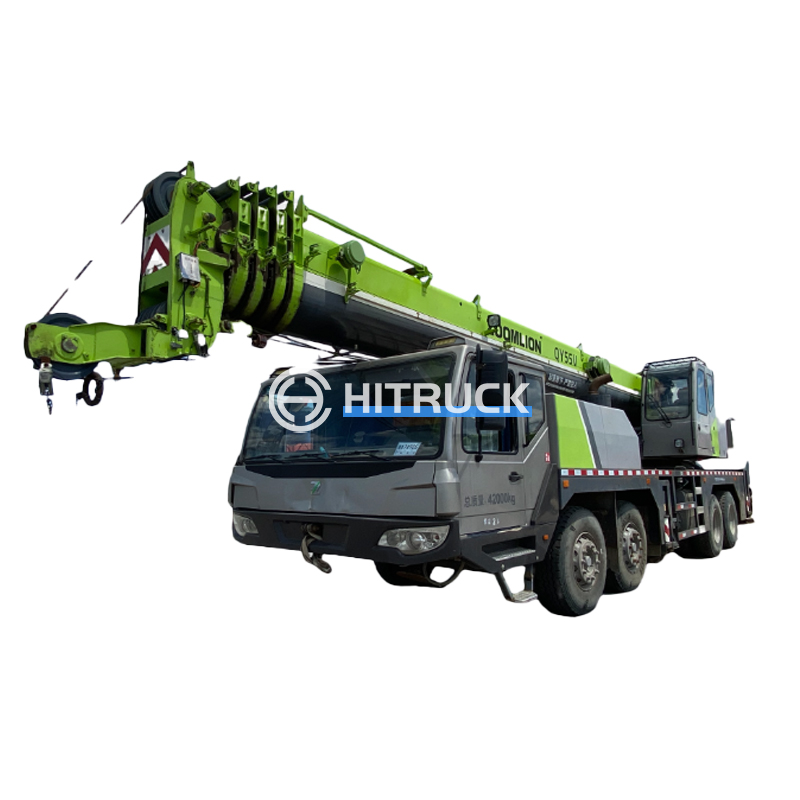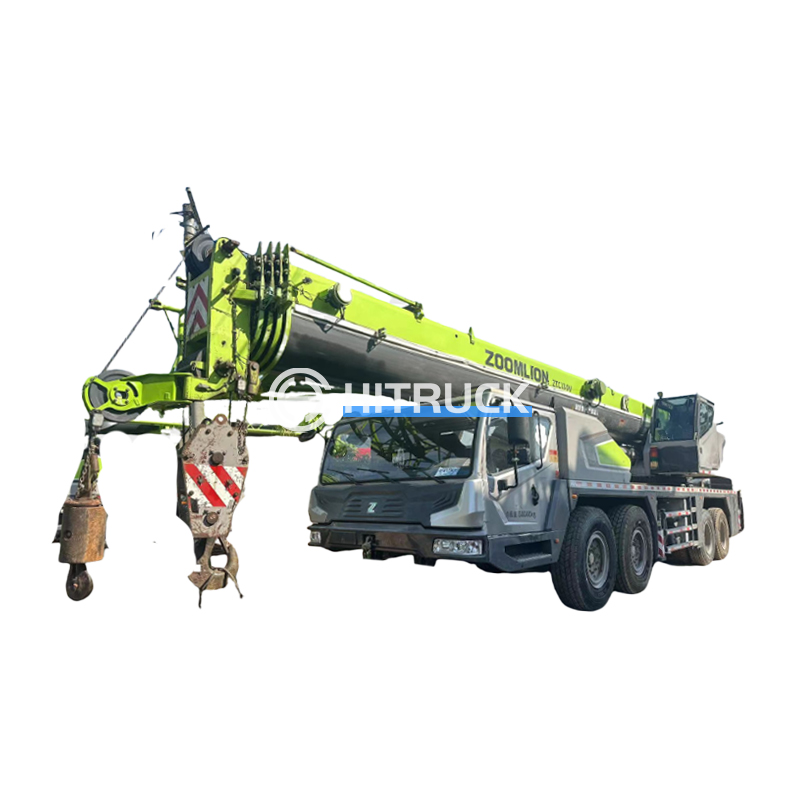Luffing Tower Cranes: A Comprehensive GuideThis article provides a comprehensive overview of luffing tower cranes, covering their design, operation, applications, and safety considerations. We'll explore different types, advantages and disadvantages, and best practices for their use in construction projects.
Luffing tower cranes are a specialized type of tower crane characterized by their ability to luff – that is, to adjust the angle of their jib (boom). This unique feature allows for greater flexibility and reach within a confined workspace, making them ideal for various construction applications. Unlike fixed jib tower cranes, luffing tower cranes offer a more dynamic operational range, increasing efficiency and reducing the need for multiple crane setups.
Hammerhead luffing tower cranes feature a horizontal jib with a counterweight at the opposite end. This design provides excellent load capacity and reach, making them suitable for large-scale construction projects. The luffing mechanism typically involves a system of hydraulic cylinders or ropes that allow the jib to be adjusted.
Flat-top luffing tower cranes have a sleeker design, often favored for projects where headroom is limited. The counterweight and hoisting mechanism are integrated into a more compact structure. While typically offering slightly lower load capacity than hammerhead cranes, they provide excellent maneuverability in tight spaces. This makes them very useful in inner-city projects.
Choosing the right crane for a project requires careful consideration. Here's a comparison of the advantages and disadvantages:
| Feature | Advantages | Disadvantages |
|---|---|---|
| Flexibility | Variable jib angle allows for operation in confined spaces. | More complex luffing mechanism can be prone to malfunction. |
| Reach | Significant reach capabilities, especially hammerhead designs. | Can be less efficient for repetitive lifts at a single point. |
| Cost | Can reduce overall project costs by eliminating multiple crane setups. | Higher initial investment cost compared to fixed jib cranes. |
Luffing tower cranes find applications in a wide range of construction projects, including:
Safety is paramount when operating luffing tower cranes. Regular inspections, adherence to safety regulations, and proper operator training are essential to prevent accidents. For detailed safety guidelines, consult relevant industry standards and regulations.
Selecting the appropriate luffing tower crane depends on project specifics, including site constraints, required lifting capacity, and the overall project timeline. Consult with crane rental companies or manufacturers to determine the best option for your needs. For heavy-duty vehicles needed to transport and erect such cranes, you may consider reaching out to experts like Suizhou Haicang Automobile sales Co., LTD for reliable solutions.
This guide provides a foundational understanding of luffing tower cranes. Remember to always prioritize safety and consult with experienced professionals for guidance on your specific project.



